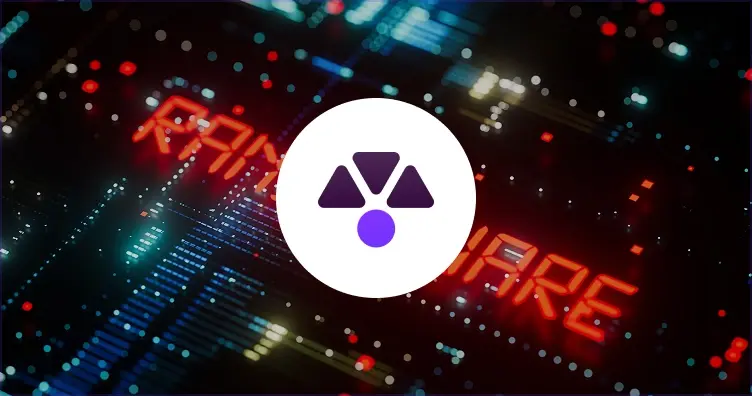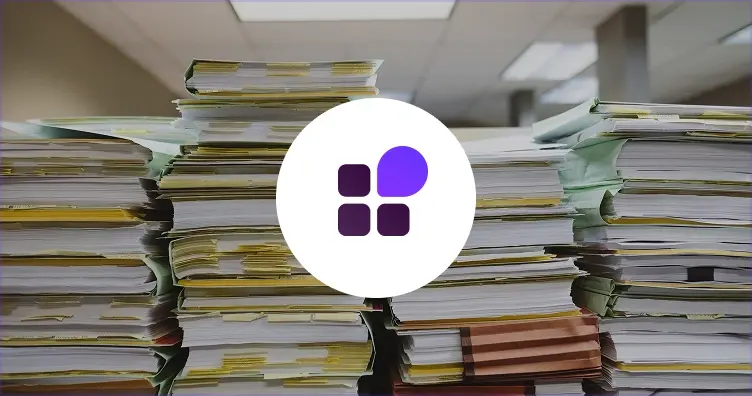Businesses big and small are facing a huge risk from data loss. Despite the potential for risk, many businesses are not taking the necessary steps to prevent their data from being compromised. Data loss can be devastating for any business, but not making backups or not having a disaster recovery plan in place can be just as detrimental. Here we take a look at some of the common data recovery mistakes made by organisations and how to create more resilient data storage.
Mistake 1: Not having a robust backup
Organisations need to be using at least a 2-site or 3-site replication for their primary backup data storage (on-premises, on cloud, or hybrid) to avoid being unable to recover from a range of incidents. A single storage site is not a sign of robust and resilient storage. It’s the equivalent of putting all your eggs in one basket - if that is destroyed, you’re in trouble and won’t recover.
Mistake 2: Not storing backups securely
Recovering your systems, applications and data after a disaster, failure or cyber-attack is only possible if your backup data hasn’t been compromised. Being able to backup from clean data is a key part of a data resilient storage. Otherwise, your organisation may be spinning up systems and data with malware inside the backups and you’re right the way back to square one. In order to ensure your backups haven’t been compromised, an immutable copy should be available. This makes copies of your data that are logically air-gapped from your primary data and restricts that data from being changed (or immutable) in the event your primary data copy has been infected.
Mistake 3: Takes too long to recover
Time is money when a business’ systems are down. That’s why it’s essential that organisations have high availability of their backups to recover quickly, a key to a resilient storage solution. Using the correct backup infrastructure and solutions such as IBM’s Flash System Cyber Vault can offer incredibly fast, often immediate, recovery following a localised disaster even in remote locations.
Mistake 4: Not using a managed backup service
Backup environments for most organisations will be a mix of vendor technologies and on-premise, off-premise, cloud and hybrid models. This can make it difficult for even the most seasoned IT professional to stay on top of whilst juggling SLAs and compliance. That’s why using a managed backup service can offload these critical tasks to professionals who not only manage but can modernise your storage infrastructure into a more robust data resilient environment. Managed service providers should also have strong vendor relationships that give you leading-edge technologies and support at the best price.
Mistake 5: Not restoring to a clean room environment
To echo what I previously mentioned, it is critical that you don’t recover from systems and data which is infected with malware and prolongs your downtime, or potentially kill your business. A cleanroom environment allows you to gain access to your in a safe platform where it can be scanned for any malware that could cause trouble.
A key differentiator between a managed backup service and managed disaster recovery service is the ability to continue business when all your physical infrastructure has been destroyed. Backups are useless if you don’t have an environment to recover your data to and that’s where a managed disaster recovery service would provide the infrastructure to which an organisation could then recover their data and carry on operating business as usual.
Conclusion
Businesses today need continuous application availability with an infrastructure that can recover from disasters and scale to facilitate growth. From power breakdowns to cyber-attacks to pandemics, it is safe to assume your business’ resources are always at risk. Since disaster can happen at any time, having a business continuity plan that encompasses meticulously crafted and routinely tested data backup and recovery is vital.
Ransomware recovery is a form of disaster recovery, but the effects of ransomware are quite different from those of a fire or flood. Read the ESG Whitepaper: Storage’s role in Addressing the Challenges of Ensuring Cyber Resilience.

 Cyber Recovery
Cyber Recovery



